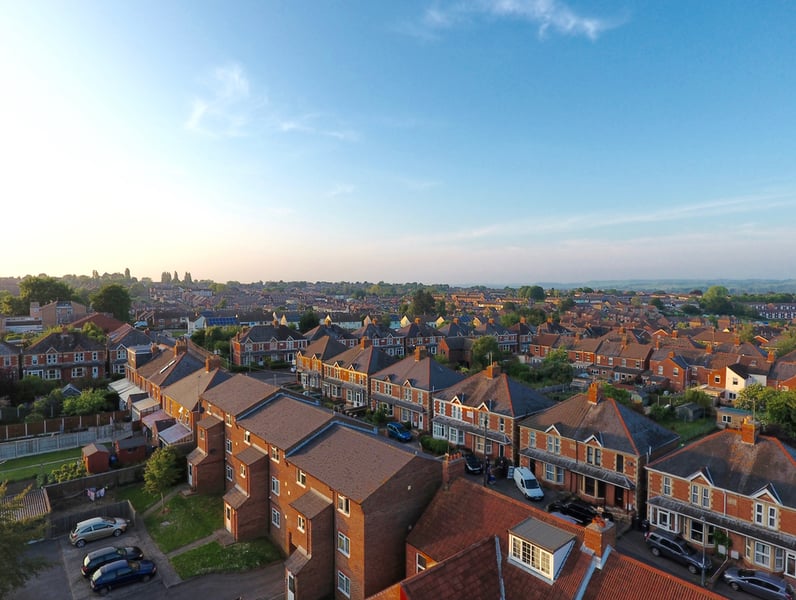While mortgage lending activity decreased in Q4 2017 when compared with Q3, it is still higher than levels seen prior to Q3.

While mortgage lending activity decreased in Q4 2017 when compared with Q3, it is still higher than levels seen prior to Q3.
Bank of England Mortgage Lenders and Administrators Statistics for Q4 2017 found new residential mortgage lending activity decreased in Q4 2017 from the previous quarter. In total £69.1bn of new residential loans were advanced to individuals during the quarter.
This was a 2.5% decrease compared to the previous quarter,however a 10.1% increase from the same quarter last year.
Mark Harris, chief executive of mortgage broker SPF Private Clients, said:“New residential mortgage lending declined in the fourth quarter compared with the preceding one, as fewer people moved house.
“This may be down to several reasons, including a traditionally quieter period of the year for the housing market, lack of stock, continued uncertainty surrounding Brexit and fears regarding potential interest rate rises in the future, following November’s increase.
“Remortgaging rose, as borrowers took advantage of low mortgage rates before they disappear, and worry about potential interest rate rises.
“Remortgaging continues to be strong into this year, even though many lenders have now repriced their rates slightly higher in anticipation of another rate rise sooner rather than later.”
The share of buy-to-let lending decreased to 12.7% in Q4 2017,the lowest percentage since Q3 2013. The share of first-time buyers rose to 21.1% in Q4 2017,this is a 0.5% increase on last quarter.
Harris added: “There was a welcome increase in number of first-time buyers as they continue to take advantage of the more level playing field between them and buy-to-let investors.
“Lending for buy-to-let was subdued as the impact of the stamp duty surcharge and the phased introduction of changes to mortgage interest tax relief continues to act as a deterrent for some.
“It is more likely to be would-be novice landlords having second thoughts about investing in property as we are seeing experienced investors remain committed to the sector, with a significant proportion incorporating. Lenders are increasingly offering products aimed at this group, so rates are competitive.”
New commitments have also decreased when compared with Q3 2017 but are above the level seen a year earlier. The proportion of loans in arrears have continued to decrease, and are at the lowest levels since the series began.
However new commitments increased year-on year by 5.2% from £61.7bn in Q4 2016 to £64.9bn in Q4 2017.
The total value of outstanding residential lending stood at £1,395.5bn in Q4 2017, a 0.7% increase from the previous quarter and a 4.3% increase from the same quarter last year.



